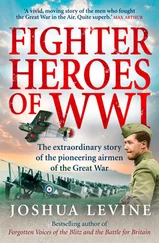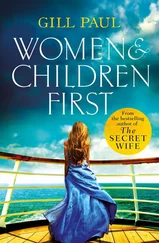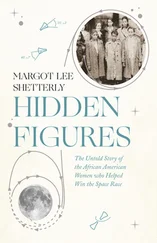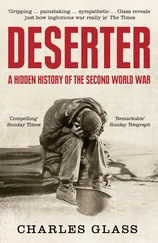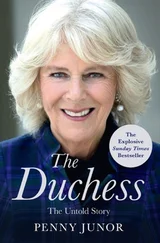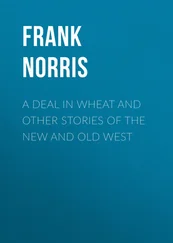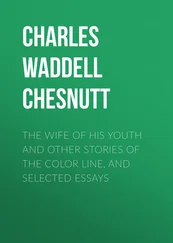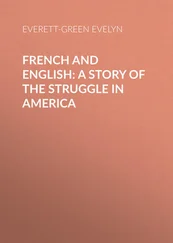

Dedication
To the man in Preston, Idaho, who stood and asked me when I would start “writing history as stories to make them more interesting”;
To the congressman who stopped himself in the middle of telling me that the history elitists wouldn’t like it if I make history entertaining;
And to my son, Raphe, who has curled up next to me to read great American stories, giving me memories I will never forget.
Author’s Note
There are many great history books (and many more that are not so great) that cover American history. Some focus on just one story, one event, one decade, or one era. Others take a broader view and try to cover it all, from Christopher Columbus to President Obama.
As I began looking through some of these books, two things struck me: First, most of them are about as exciting as an Al Gore speech; and second, none of them leave readers understanding just how complex and nuanced our history really is. My goal in writing this book was to solve both of those problems.
I’m a huge history nerd, but I don’t study the past so that I can memorize dates or names to pass a test; I do it because I love the stories. Ultimately, that’s what history really is: an ongoing story that is far more exciting than anything a Hollywood screenwriter could ever come up with. I tried to embrace that in this book by writing history in a way that feels like you’re reading a thriller novel rather than a history book. By immersing you in the action I believe you’ll come to see people and events in a much more vivid and real way than you ever have before. (When you’re finished, I urge you to read the section “About the Writing of This Book” so you can get a better sense for the writing and research process involved.)
The next challenge with this project was how to choose the right stories. As I searched (and reviewed the thousands of submissions that came in from fans), I adhered to a few guiding principles. I wanted to find stories that:
1. Were lesser known, or that could be told in a brand-new way;
2. Had a clear message or lesson that was relevant to today;
3. Acknowledged that our history is not all heroes—there were plenty of villains as well.
It’s that last point that I want to dwell on for a moment, because I think this is where so many other books go wrong. America is not a bad or evil country—we truly are an exceptional nation with a miraculous past. In less than 250 years we went from being subjects of a king to being the greatest, most compassionate superpower the world has ever known.
Along the way, however, we’ve made plenty of mistakes. Ignoring them, or worse, covering them up, is not only ignorant, it’s dangerous. A country that does not learn from its history is doomed to repeat it.
That’s why stories like the Battle of Wounded Knee, the My Lai massacre, and Tokyo Rose are in this book. They are stories about times when America was not at her best. By studying them, talking about them, and, ultimately, learning from them, it’s my hope that we will never make the same mistakes again.
Of course, our history is full of great accomplishments as well—people and events that have influenced and inspired us and changed America forever. The rest of the stories were chosen to remind us where we’ve come from and the lessons we’ve learned along the way. The first Barbary War, for example, gave America a glimpse at the ruthlessness and brutality of Muslim jihadists. The ensuing wars shaped our future foreign policy by teaching us that you don’t negotiate with terrorists and that lasting peace can come only through strength. The Battle of Athens, Tennessee, reminds us about the importance of standing up for our rights and the rule of law—especially when it’s those we’ve entrusted with power who are at fault.
Then there are the stories that exemplify the American spirit: the courage and selflessness of Jack Jouett; the heroism of Hugh Thompson and Jose Melendez-Perez; and the redemption sought by Al Capone’s lawyer, “Easy” Eddie. Taken as a whole, the twelve stories in this book represent the full American experience: the miracles, the massacres, and all of the gray area in between.
After this book was finished, I finally sat back and had a chance to read all the stories together. It was only then that I realized that all of them can be put into one of three categories: The good guys win; the good guys win, but it takes a while; or the good guys lose because people put their trust into politicians instead of each other.
I hope that the stories in that final category—the German Saboteurs and the Battle of Wounded Knee, for example—remind people why we should rely on ourselves, our neighbors, and our God, but never on our government.
Laos Deo,

1
Jack Jouett:
The Ride That Saved America
Albemarle County, Virginia
June 3, 1781
10:15 P.M.
A thin dogwood branch slashed across the rider’s face like a leather whip. But the sting was no worse than any of the dozen that came before. A quarter mile earlier, a limb had cut him so deeply that blood flowed from a gash high on his cheek to the corner of his mouth.
Captain John “Jack” Jouett rode on.
With forty miles to go, the muscular twenty-six-year-old sliced through the night and gave thanks for the full moon. It could not protect his face or clothes, but it might safely deliver him and his bay mare Sallie to the green lawns of Thomas Jefferson’s beloved and now-endangered Monticello estate.
It was possible, Jouett knew, that the future of the revolution might very well depend on how fast he got there.
The Cuckoo Tavern
Louisa, Virginia
One Hour Earlier
Jack Jouett had decided to live dangerously.
The British army was on the march in Virginia—even that damnable traitor Benedict Arnold had been assigned there—and Jouett had been lucky enough to capture one of Arnold’s men. He might have been content to simply turn the man over to army jailers, but a daring idea had seized him. Jouett’s captive was an unusually big man, roughly his own size. “Off with your clothes!” Jouett ordered him.
The prisoner’s brilliant red coat festooned with equally grand gold braid fit him as though it had been tailored just for his six-foot-four-inch frame. The grand plumed hat only added to the picture. Now dressed as his enemy, Jack Jouett mounted his steed Sallie—said to be the best bred and fleetest of foot in seven counties—and hurried off to see if he might find more of the enemy. The British were up to no good, and Jouett wanted to know exactly what that might be.
Not long after riding off in his new attire, Jouett quickly stumbled across the British in the form of a fearsome detachment of Green Dragoons near the local tavern. He rode up cautiously, worried that someone might willingly or accidentally reveal his true identity. Jack Jouett was playing a very dangerous game.
A stranger wiped sweat from his unshaven face with his soiled coat sleeve as he passed Jouett outside the tavern doors. “Captain, do something about this dreadful June air, would you?” The man laughed over his shoulder and slyly shouted, “What’s a soldier of the king for if not to fight for better weather?”
Jouett wasn’t sure if he had been recognized but he certainly wasn’t about to ask. In any case, he remained outdoors, enjoying what passed for a breeze. Sallie whinnied from her hitching post. “I know, Sallie. I know.”
Читать дальше






